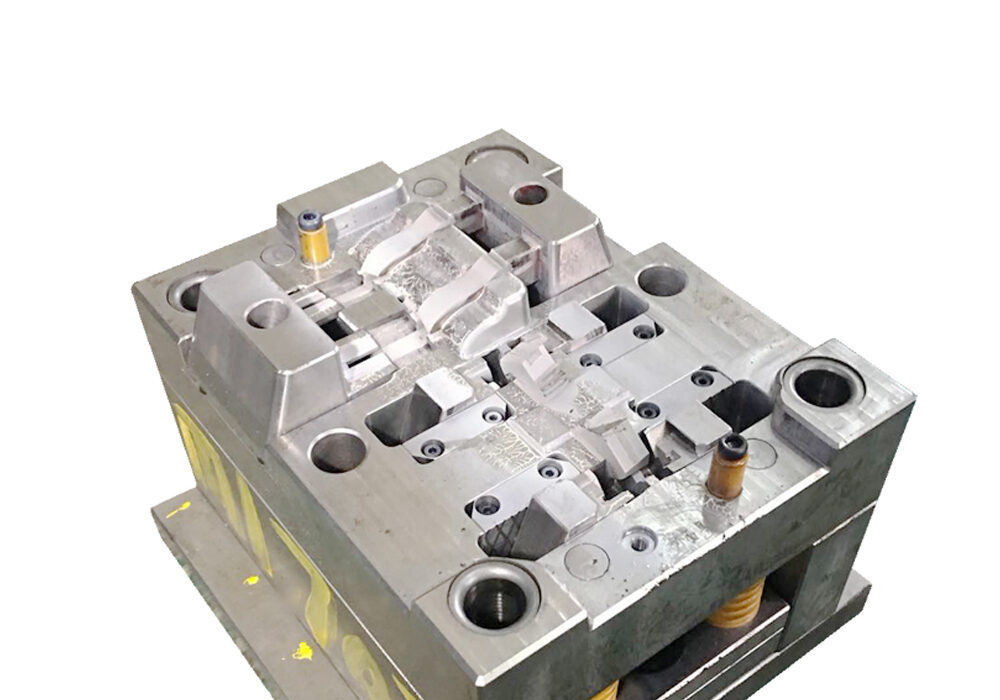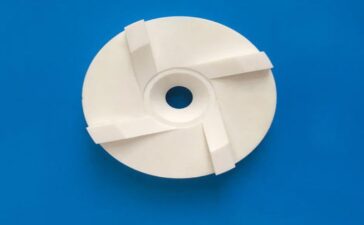Driving and driving force of plastic mold processing movement (punching pressure, clamping force of plastic mold, weight of material drop, extrusion force, etc.)
It is provided by the power of forming processing machine tools and equipment through the transmission mechanism.
1. Electromechanical drive
Such as punching machine, friction press, roll forging machinery, etc., are powered and rotated by the electric motor to drive the transmission mechanism, and connected to the moving part of the mold through the slider and the like to drive the directional movement of the mold and transfer The driving force of the mold acts on the mold to make the mold form the material.
2. Electro-hydraulic drive
That is, the hydraulic pump or water pump is driven by the injection molding motor to generate hydraulic pressure and water pressure, and through the hydraulic transmission and control system of the liquid, a certain rated pressure is generated to drive the hydraulic cylinder or piston connected to the moving part of the mold (such as the moving mold). The movable mold is driven to perform the directional translation movement relative to the fixed mold, and then the material is further compressed, so that the material becomes a workpiece after being formed.
3. Pneumatic forming
It is mainly used for blister and blow molding, that is, when the mold is in a fixed state, the plastic sheet is directly sucked and attached to the mold surface by the air pump to produce a certain negative pressure to form a part. Blow molding is through The air pump generates gas with a certain pressure and blows into the cavity of the hot-melt plastic part or the hot-melt glass part to make it expand and deform, and attaches to the surface of the mold cavity to form a part.
In addition, injection plastic mold processing drives, such as aluminum alloy profiles, plastic profiles, sheets or films, generally use extrusion molding technology. The mold is fixed on the machine head, and the materials pass through the mold in an extruded form, and various pieces of the mold are relatively moved. For example, the plastic profile relies on the screw movement of the screw of the non-stop extrusion machine to squeeze the plastic into the die and pass through the profile of the die. After cooling, the profile is shaped. The extruded profile is pulled forward by the traction mechanism to enable continuous forming.




